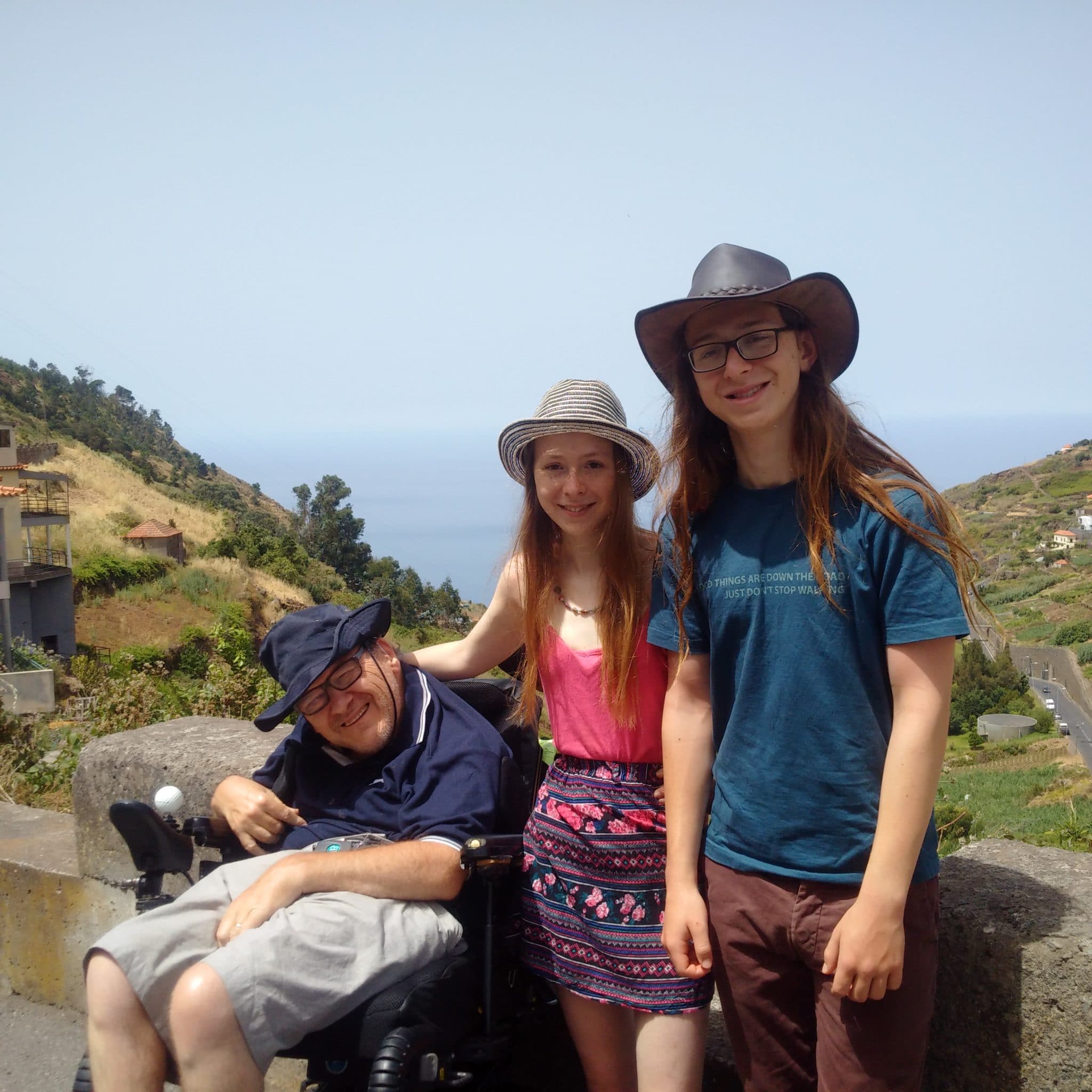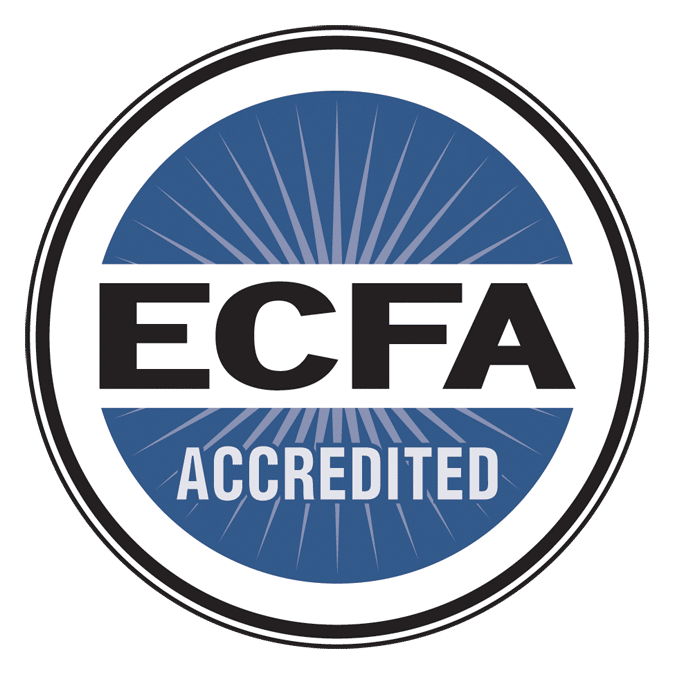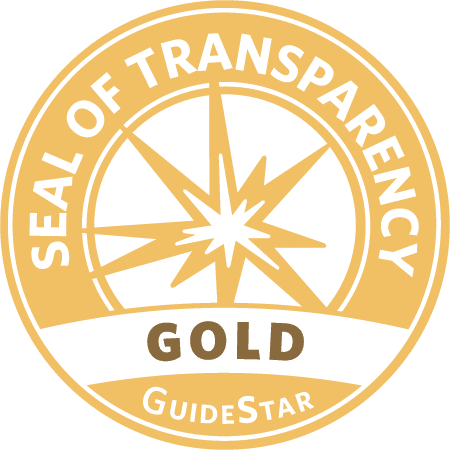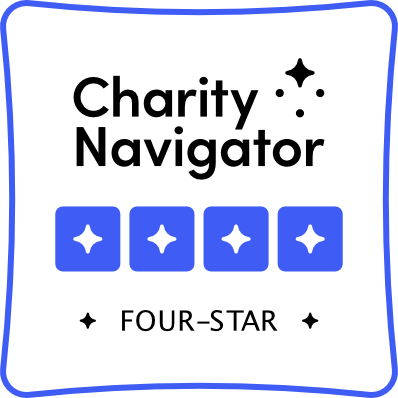Homemade Solutions: The “How” Question of Disability Inclusion in Mission
My father once told me about two shoe repairers that he knew of when growing up during the 1930s in Sunderland, a coal mining town of northeast England. Both shoe repairers were deaf and communicated non-verbally. I assume that the body language and gestures they and their customers would have used were developed informally. The point being made was their inclusion, at least in terms of the shoe repairing business, just happened. The communication obstacles were just somehow overcome.
In the 21st century, when discussing the inclusion of people with disabilities, participants will often agree it is a good thing, but ask “How do we do it?” This can be a big stumbling block when discussing inclusion within different social contexts, such as mission – either internationally or at home. Phrases such as “where there is a will there will be a way”, and even “the answer lies within”, may seem disrespectful in response to a genuine question. However, has our desire to look for technology and special services undermined our ability to create inclusion from within our church or community?

In discussing the Exodus 4 narrative, I do not want to highlight how Moses overcame his history, inhibitions, and impairments, but rather how God develops the support to enable everything to happen. Modern-day Voice Machines, or Speech and Language Therapists, were not available. Additionally, neither Pharaoh, nor the Israelites, were likely to be sympathetic to Moses needing extra time to speak.
God wades through Moses’ objections, starting at Exodus 3:11 and culminating with the plea about being “slow of speech and tongue” (Exodus 4:10). God rebukes Moses for using his speech as an excuse, saying, “Who gave human beings their mouths?” (v-11) The discussion continues and, in verses 14-16, God says “What about your brother, Aaron the Levite? I know he can speak well. He is already on his way to meet you, and he will be glad to see you. You shall speak to him and put words in his mouth; I will help both of you speak and will teach you what to do. He will speak to the people for you, and it will be as if he were your mouth and as if you were God to him.”
We know little about Moses’ speech impairment, short of it requiring a second party to support him to communicate or assist a third party to understand what he was saying. Nevertheless, as a brother to Moses, Aaron is within his immediate family. Although we do not know how long it was since they last met, or if they had spent significant time together beforehand, we could assume that Aaron is aware of Moses’ impairment. The solution is “homemade” and effective. It also demonstrates that we do not always need to have gadgets and services to enable the inclusion of people with disabilities.
Personally, this solution sounds remarkably familiar. It is the communication method I often use when I am speaking in public or participating in meetings. Furthermore, this biblical passage says that there is nothing shameful about not being able to speak clearly or needing assistants in other ways.
It is all part of being human.
The need to find homemade solutions to disabling problems was illustrated to me whilst serving as a Methodist Mission Partner in rural Kenya. I had been advised that the Pastor of a local Deaf Persons’ Church was coming to meet me. He used Kenyan Sign Language (KSL) to communicate and, whilst understanding English, he could not hear or speak. Although I could not use KSL my secretary could, so, in theory, everything should be OK (sawa sawa in Swahili).

The tangles that people get themselves into when thinking about the inclusion of people with disabilities, can be illustrated by a discussion I had over forty-two years ago at a Universities and Colleges Christian Fellowship event. My friend was involved in organizing a Christian Union Mission on his university campus. He had an offer of help from someone who had similar impairments to me, and I was basically asked if I could suggest how the person could be included. I think I replied “why don’t you talk to the guy himself?
However, what I wanted to say, as God said to Moses (and to me through the incident with the deaf Pastor) was “Just get on with it!” Inclusion is at least as much about our attitude of mind and having faith that God will provide, as it is about considering the obstacles being faced and how we can overcome them.
This may require a change in how your church discusses disabled peoples’ inclusion.
Whilst acknowledging that some disabled people may require support to carry out their activity, it is equally true that in many situations, the Church needs to recognize the skills and experiences they can bring. These may include “problem-solving” when overcoming everyday obstacles, perseverance, and insights into biblical passages as they discuss their lived experience. The change is a learning process and can be facilitated by, for example, inviting a church member with mobility impairments, to join the church building committee. It may also be by encouraging disabled members to take on roles within your church, including prayers and preaching, particularly when the topic has a disability connection. As your members see disabled people actively participating within church life, the more inclusion will practically be illustrated.
Once disabled people are regularly included in church life, their inclusion in mission becomes much easier to envisage.
As was probably the situation regarding the deaf shoe repairers, and their customers, often as you work through the issues, solutions will emerge. Sometimes they can be in ways that could never have been envisaged beforehand. From there you will start to see the skills and insights that disabled people can bring to your mission team. Then you may find yourself asking “why” disabled people are not included more in your activities.
Written By—Paul Linoewood
Paul Lindoewood is General Secretary at Disability in Wales and Africa. Also Trustee of the Brecon Molo Community Partnership and Chair of the disability focus group.
Edited by David C. Deuel & Nathan G. John

Disability in Mission
Disability in Mission: The Church’s Hidden Treasure outlines a radical change in approaches to missiology, missions, and praxis for the twenty-first-century global cultural context. It explores a pattern whereby God works powerfully in missions through disability and not in spite of it.





